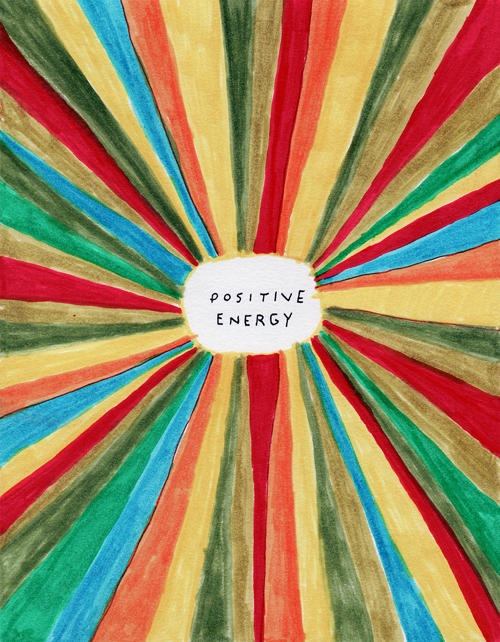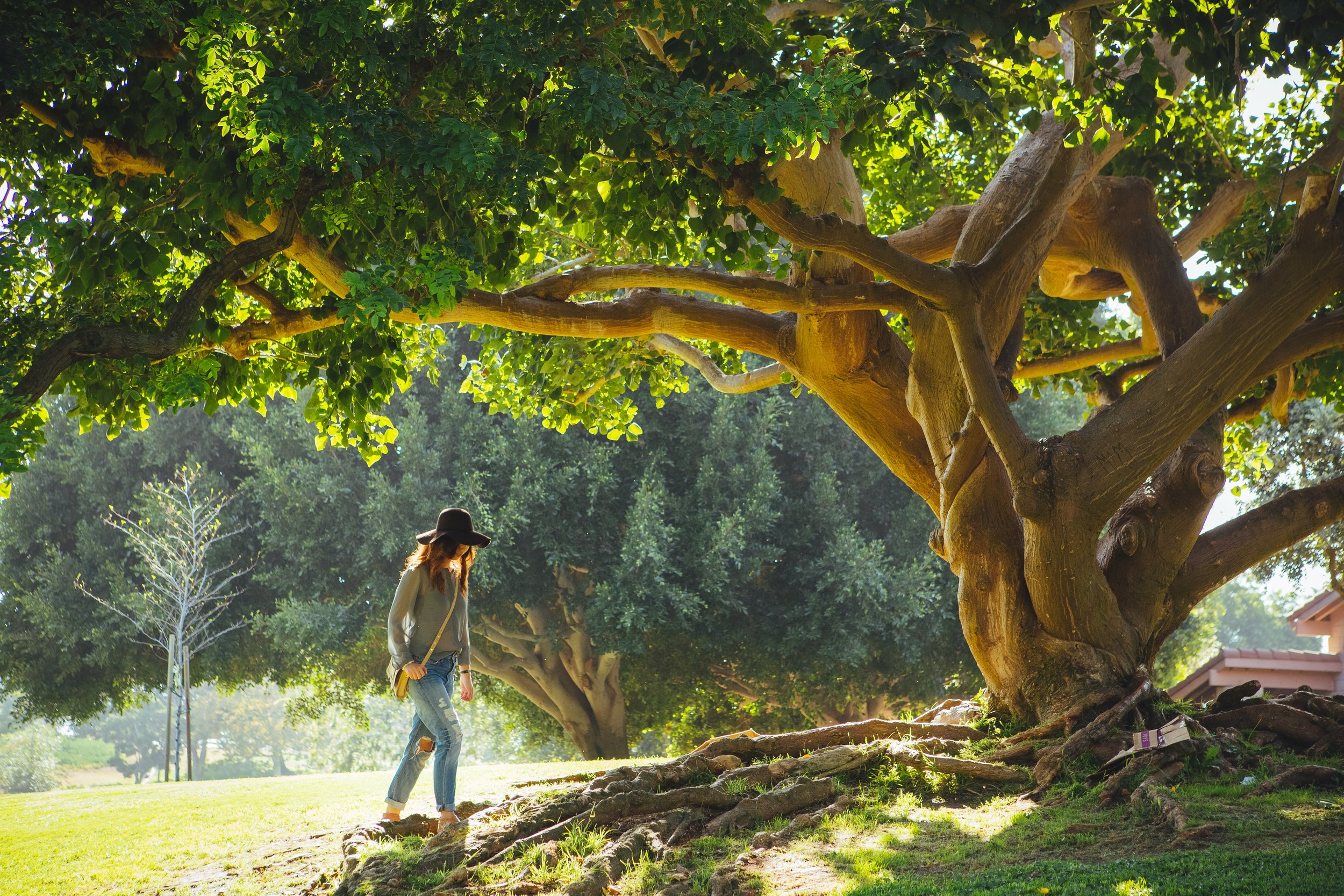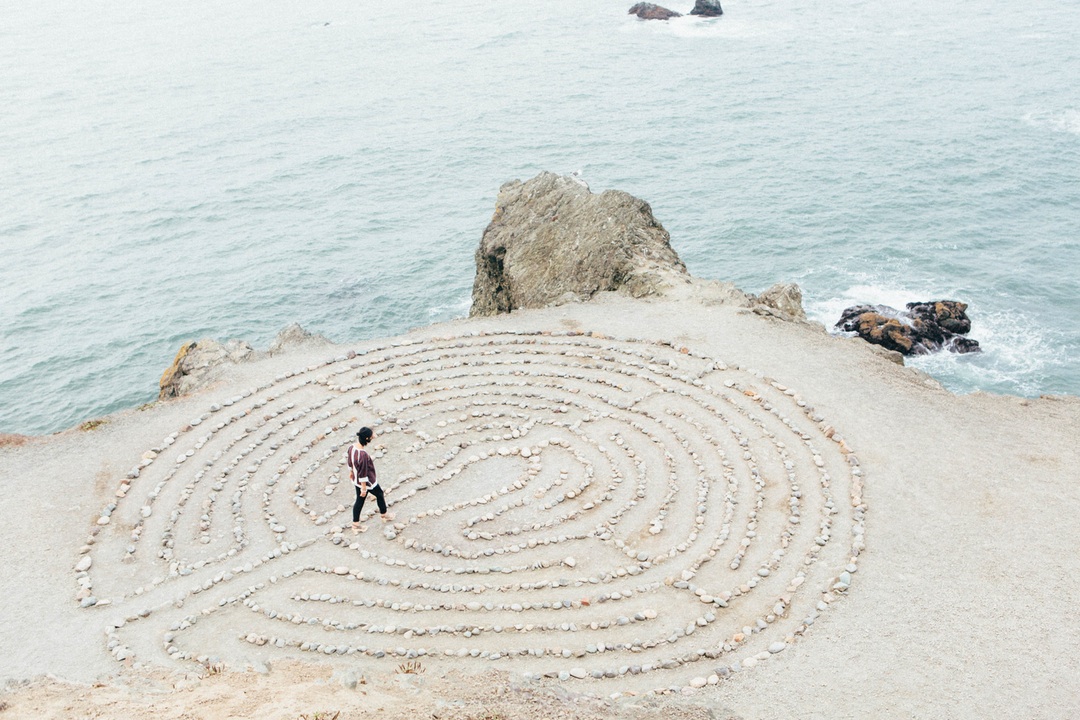Violence, Grief, and Photosynthesis
 A few years ago, I was living and working in Boston, not far from downtown. One usual Monday afternoon, the mood in the office began to shift - people were getting uneasy, looking at their phones, whispering concern...and then I found out about the tragic Boston Marathon bombing that had just occurred.
I rushed home, picked my husband Chris up on the way, and we sat glued to the news, and each other, for the rest of the evening. The bombers were still at large the next morning, but the East Coast being the East Coast, everyone was expected to go to work anyway.
A few years ago, I was living and working in Boston, not far from downtown. One usual Monday afternoon, the mood in the office began to shift - people were getting uneasy, looking at their phones, whispering concern...and then I found out about the tragic Boston Marathon bombing that had just occurred.
I rushed home, picked my husband Chris up on the way, and we sat glued to the news, and each other, for the rest of the evening. The bombers were still at large the next morning, but the East Coast being the East Coast, everyone was expected to go to work anyway.
Maybe it's my West Coast demeanor, but I just couldn't get myself up and out to the office that morning. I woke up and couldn't stop crying. I felt confused, and so, so sad for the victims, for the people whose hearts were so dark they could do something like that, for all of us and our suffering. I didn't understand how companies could open their doors the next day without even talking about what just happened less than a mile down the road.
I know the pain was felt in everyone's hearts, but no one really knew what to do with it - it was too big and too heavy.
I was fortunate to have an understanding boss who agreed to let me work from home that day, but there were many employees who I'm sure felt the same things I did but didn't feel comfortable asking for what they needed. I'm sure there were leaders in the organization who woke up and couldn't stop the sobs but felt like they had to put on a brave face and get back to work.
The tragedy this past weekend in Orlando, Florida affects all of us, even if we live on the other side of the country.
Tragedy anywhere affects us, whether it's systemic violence against people of color, the raping of women, or the destruction of our planet. We are social, connected creatures sensitive to the harm of other living beings - that's an irrefutable fact.
But these painful, heart-wrenching events get even more destructive to our collective well-being when we pretend that they are not, in fact, painful and heart-wrenching. When we resist the pain, rage, or hopelessness that is within us for fear that it could suffocate us, it stays in our bodies. We have to give these big, terrifying feelings space to be expressed if we're going to be able to meet the challenges of our times with love and grace. This reminds me of a quote I love from Lao Tzu:
"Be like the forces of nature: when it blows, there is only wind; when it rains, there is only rain; when the clouds pass, the sun shines through."
If you woke up this morning feeling weepy, afraid, or angry, take note. Honor your own humanity and let the force of your grief pass through you, even though it's scary.
 That brings me to photosynthesis.
That brings me to photosynthesis.
Plants, the miracles that they are, absorb things from the environment that animals are unable to process (like sunlight and carbon dioxide) and convert them into oxygen, which is critical for our survival.
Without this specific process of inhalation and exhalation from the plant kingdom, animal life on this planet would cease to exist.
Today, and every day, really, there is a lot of pain to inhale. It is all around us, and some days it can feel completely overwhelming. But we can photosynthesize, too - we can transform this immense pain into something else that supports life.
In high concentrations, carbon dioxide is poisonous to humans, but our plant friends can take it in for us and breathe out the very thing we need to survive - oxygen.
In a very real way, the pain we experience from violent acts around us is also toxic - it lives in our bodies and can cause us to do horrific things to ourselves and others. Those of us who are brave enough to face the pain can transform it into oxygen for others who aren't yet able to do it themselves.
Can you breathe deep into the pain that is within you and exhale peace and joy?
Can you take in what may be toxic and, in your own beautiful way, breathe out more of what this world needs?
Tragedies like the one this weekend affect each of us in different ways, and whatever you are feeling today - or on any day when you witness the pain of suffering - is real. It doesn't matter if you didn't know anyone personally or if you're a million miles away - if you feel pain, then you feel pain, and I hope you'll do whatever you need to do today to let it move through you so that it can be transformed.
If you're in Human Resources or management, then you have an extra responsibility to model responsible grieving and take good care of yourself first. Be open with your team about the fact that we are all impacted by mass shootings, systematic oppression, or any form of violence in our lives. If someone expresses a need to be alone and cry for a while, honor that need. If someone's lashing out in anger, calmly check in about what's going on below the surface. If you're in a leadership position of any kind and you're reading this blog, I have no doubt that you have what it takes to model emotional intelligence and healthy grieving.
No matter who or where you are, you have to exhale today. The question is, can you exhale more joy, peace, and beauty than you did in the last breath?
 Can you photosynthesize the pain within and around you so that there is less of it now than there was a minute ago?
Can you photosynthesize the pain within and around you so that there is less of it now than there was a minute ago?
If you need some help, below I've shared a photosynthesizing-esque meditation practice called Tonglen, which is Tibetan for "giving and taking." It's a practice for breathing in suffering and breathing out compassion, and you can do it for yourself, for a loved one, for the plants and animals, or for any group of people that calls to you. Below is a written guide, adapted from Pema Chodron, and below that is a guided meditation from Tara Brach as well as a video of Pema walking you through this practice. I hope you'll try some of these techniques out or photosynthesize in your own perfect way today.
I'm holding space in my heart for each of you today, near and far, and I am so grateful for this community of workplace photosynthesizers.
Tonglen practice, adapted from Pema Chodron:
First, rest your mind briefly, for a second or two, in a state of openness or stillness.
Second, work with texture. Breathe in a feeling of hot, dark, and heavy-a sense of claustrophobia-and breathe out a feeling of cool, bright, and light-a sense of freshness. Breathe in completely, through all the pores of your body, and breathe out, radiate out, completely, through all the pores of your body. Do this until it feels synchronized with your in and out-breaths.
Third, work with a personal situation-any painful situation that’s real to you. Traditionally you begin by doing tonglen for someone you care about and wish to help. However, as I described, if you are stuck, you can do the practice for the pain you are feeling and simultaneously for all those just like you who feel that kind of suffering. For instance, if you are feeling inadequate, you breathe that in for yourself and all the others in the same boat, and you send out confidence and adequacy or relief in any form you wish.
Finally, make the taking in and sending out bigger. If you are doing tonglen for someone you love, extend it out to those who are in the same situation as your friend. If you are doing tonglen for someone you see on television or on the street, do it for all the others in the same boat. Make it bigger than just that one person. If you are doing tonglen for all those who are feeling the anger or fear or whatever that you are trapped in, maybe that’s big enough. But you could go further in all these cases. You could do tonglen for people you consider to be your enemies-those who hurt you or hurt others. Do tonglen for them, thinking of them as having the same confusion and stuckness as your friend or yourself. Breathe in their pain and send them relief.
Guided meditation from Tara Brach:
This guided meditation is about 28 minutes long: https://www.tarabrach.com/guided-meditation-compassion-practice-tonglen/
Video on tonglen from Pema Chodron:
This video is only about five minutes long: https://www.youtube.com/watch?v=QwqlurCvXuM
